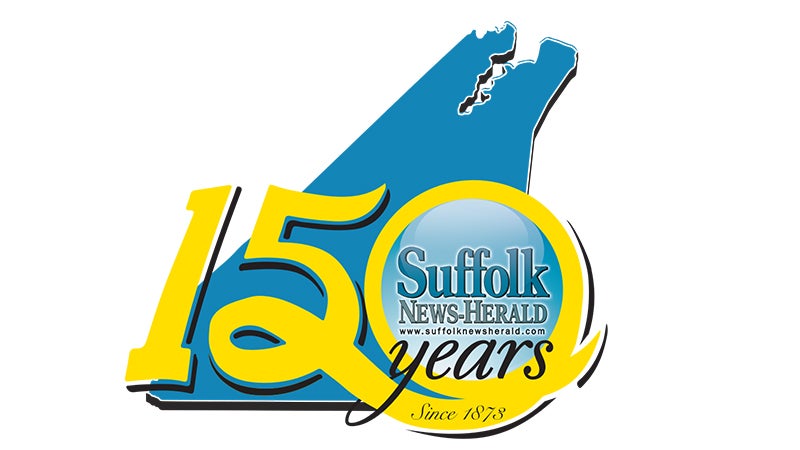Column – Suffolk on the rebound
Published 5:03 pm Tuesday, January 31, 2023
The years 1931-32 were a dismal time across the nation based on front pages published by newspapers. Each day brought a new report of war overseas. Although the United States was not directly involved yet, wars had everyone’s attention. Unemployment nationwide was reported to be about 33%, or 14 million unemployed — compare that to the 2022 unemployment of 3.5%, and it tells a tale of hard times. Other stories told of drought, flood, fire and famine. However the beginning of the ’30s had many notable achievements, The Star-Spangled Banner was adopted as the United States national anthem in March 1931. The same month, Nevada legalized gambling.
In 1932, the Winter Olympics came to New York and it gave us Babe Ruth’s famous called shot. But the year also brought the first gas tax, 1 cent per gallon.
The biggest local story on Jan. 9, 1931, was new phone books. An article titled “Local exchange is making delivery of telephone directories in Suffolk” details the plan for distributing the new book of numbers and collecting and destroying old books to avoid confusion. The directory, cited in the story as being the most referenced book on a daily basis, proceeded to give a detailed description of the book and functions it included, such as how to make out of town calls, what to do to report a telephone out of order, how to call information and other uses of the telephone. There was also a popular feature of the directory that many people found most useful, according to the article — that is, a page for frequently called numbers.
A story in late January highlighted another depressing part of everyday life — tuberculosis was an ongoing battle. A front page story titled “Organize to battle TB in Suffolk” detailed a meeting of the Suffolk Tuberculosis Association, which was attended by many interested in creating a local organization to educate the public on TB. Plans were discussed for programs to educate and provide prevention at the schools as well as to treat those ill.
With color television making advances, the big news in the spring 1931 was the “talkie” that was being produced by the News-Herald. The motion picture film featured members of local clubs and officials from the police and fire departments as well as citizens who had won the chance to audition via a contest. The plot of the talkie was created by local high school students.
August 1932 headlines announced the burgeoning stock market recovery from the crash of 1929. A local bank owner, J.L. McLemore, announced via the Aug. 3 front page: “I believe we have definitely turned the corner to better times.”
On Oct. 6, 1932, a small story gave the details of a new hardware store being built on East Washington Street, the first new business in more than a year. The story went on to mention more building and construction happening around the business district than had in the past four years. Business in Suffolk seemed to be on the upswing. An Oct. 21 article goes into more detail about ongoing construction in Suffolk. Projects included a service station at the corner of West Washington and North streets, converting a house on North Main into apartments, as well as building a brick store on East Washington. These projects employed more than 100 people in the city.
On Dec. 1, 1932, the News-Herald announced its oldest reader had just renewed his subscription. J.W. Pruden started reading the paper in 1893. He is quoted as saying, “The Herald was one of the best weekly papers in Virginia and when it was absorbed by the News to make the present daily paper, I enjoyed it even more. Dollars are scarce, but I can’t do without my paper.” At the time, 93% of homes in Suffolk received the News-Herald.
Who currently holds the record of longest reader today? Let me know how long you have read this paper at jen.jaqua@suffolknewsherald.com.




